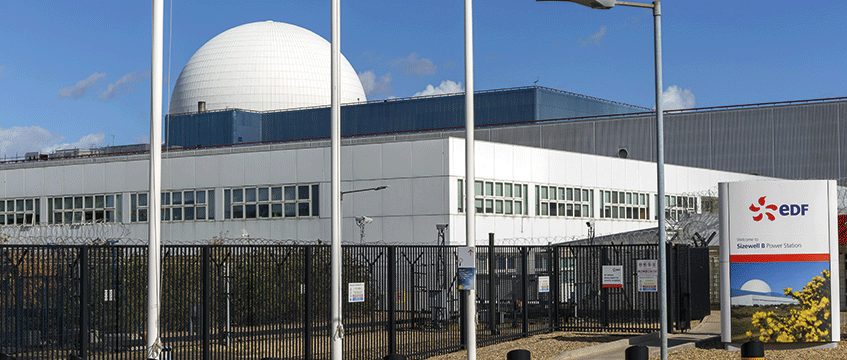Earlier this month, Great British Nuclear announced four short-listed contenders for government support to develop a fleet of small modular reactors, a technology considered by many the future of nuclear energy. In the same month, the influential report Foundations: Why Britain is stagnating laid bare the lethargy and expense involved in getting anything built in the UK and, sadly, nuclear projects get a special mention.
Not for the first time, I find myself worrying about how the UK is going to streamline its regulatory regime to win the global race for nuclear – and it is a race that needs to be won. There is a dawning realisation that nuclear is the only way to reach net zero in time to avert a total climate disaster and produce the massive amounts of energy needed to drive the power-hungry data centres required for mass deployment of artificial intelligence. Countries that harness this power will thrive. Those that do not will be left behind.
Regulatory justification
If the secretary of state for energy security and net zero or his team are reading this, I make a plea for one simple reform to benefit SMRs – one that will save millions of pounds of private and public sector money and years of time, while in no way compromising nuclear safety standards. It doesn’t even require legislation. The secretary of state just needs to confirm that there is a “regulatory justification” covering all SMRs.
Put simply, a regulatory justification ensures the benefits of “a new class or type of practice” involving “ionising radiation” outweigh the costs. This standard is already applied to the use of X-rays in prisons and bone density scanners for sports performance assessments, for example. In these instances, it is agreed the benefits outweigh the potential small risks to human health. Crucially, the regulatory justification applies not to each and every type of X-ray machine and bone-density scanner, but to all of them as a class of ionising radiation practice. However, this is not currently the case with SMRs. Instead, each SMR developer must pursue its own, separate regulatory justification.
Under the Justifications of Practices Involving Ionising Radiation Regulations 2004, a class of practice must have been either carried out lawfully without regulatory justification before 6 February 2018 or already found to have been justified, or both.
There is a clear argument SMRs meet both criteria given regulatory justification granted or deemed in the case of existing operational reactors in the UK. As a result, the secretary of state has the power to confirm the use of SMRs is an existing practice. This could be done after a short, targeted consultation with specified bodies.
Such reform would mean each SMR developer would no longer have to secure separate regulatory justification, saving projects millions of pounds and years of delay. Moreover, this can be done without any reduction in safety, security, and safeguarding of the environment. This is because for nuclear power stations all such controls are provided for in myriad other robust regimes, such as generic design assessment, development consent orders, environmental permits, and nuclear site licences.
Following through on a commitment
It makes no sense that Rolls-Royce, which has progressed to the final round of the procurement competition, has completed step two of the generic design assessment from the Office for Nuclear Regulation and received hundreds of millions of pounds of government money, still having its regulatory justification application processed. This means, in theory, the government is procuring products where it is still uncertain the benefits outweigh the costs.
It is clear by setting up Great British Nuclear and running the competition, the government has already publicly taken a view on the overall benefits of nuclear power for the country. All that remains is to remove a procedural redundancy to make a significant step towards the UK winning the race on SMRs and the energy transition.
Catherine Howard is a partner and head of planning at Herbert Smith Freehills








